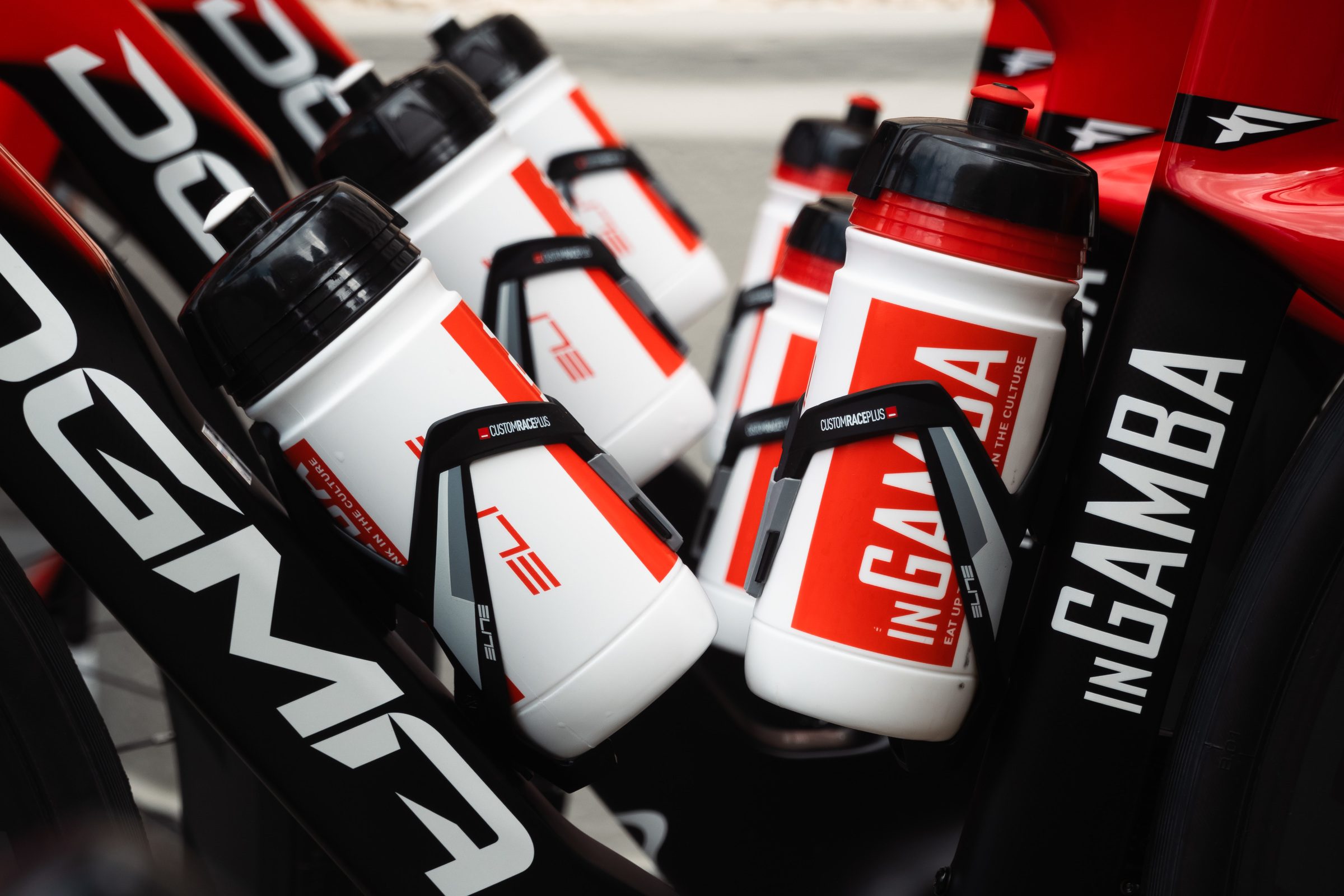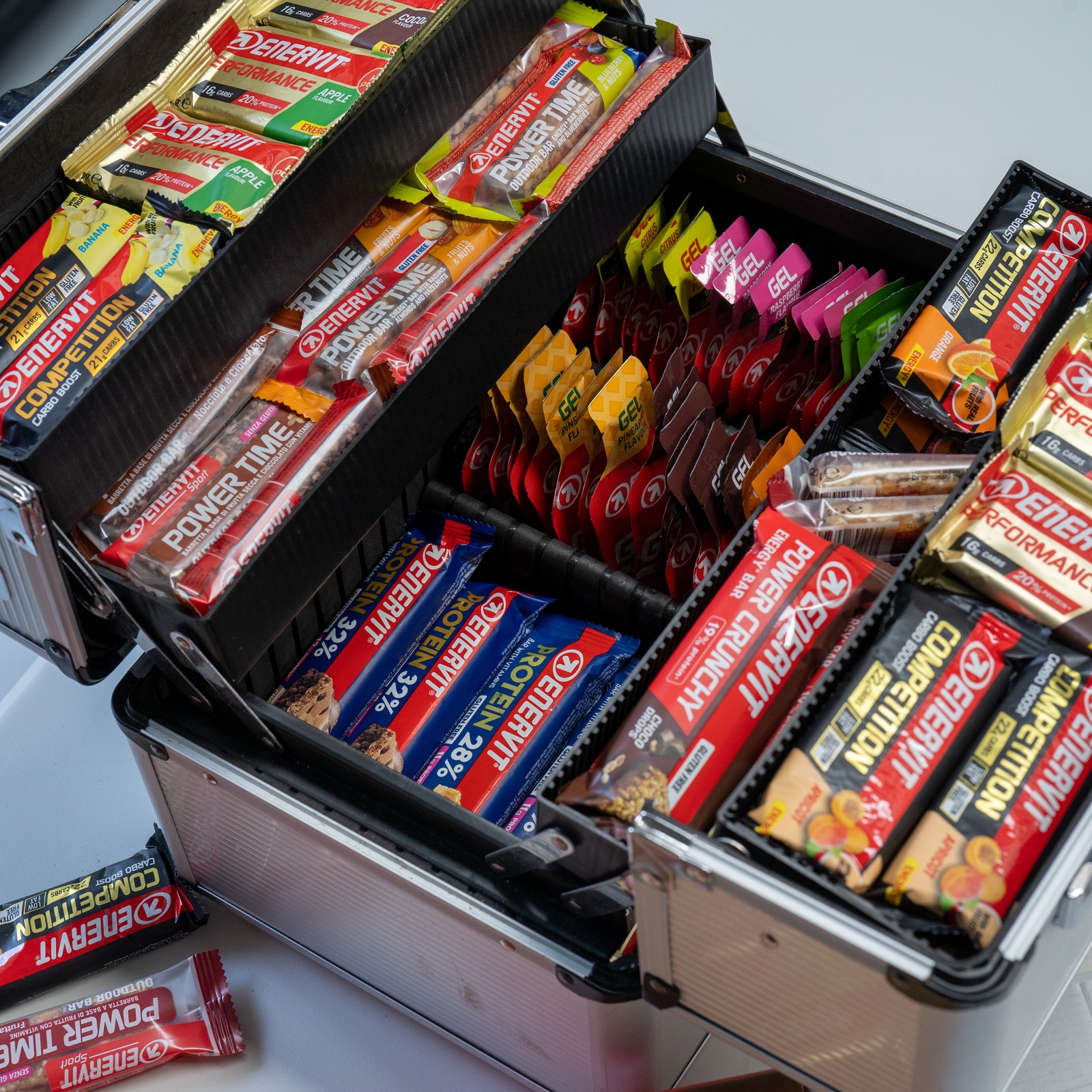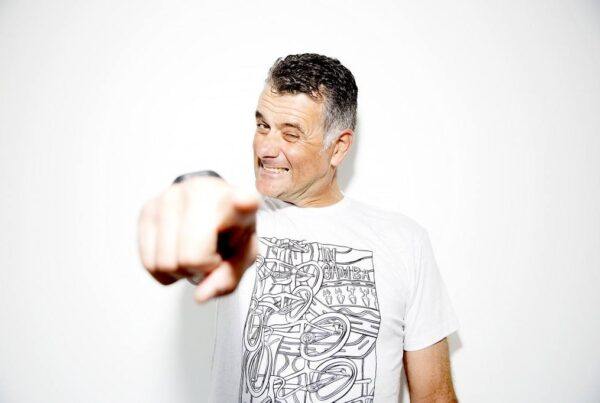If you’ve been cycling for a while, you likely have heard that carbohydrates are king when fueling your ride.
But you may not know why—or how exactly you should use that drink mix, gel, or bar during your rides. Here, we spoke with Doctor Francesco Chiappero, a sports scientist and member of Equipe Enervit, Enervit’s team of elite nutrition experts, to discuss why carbohydrates matter so much for cyclists, how our muscles use this macronutrient, and how to figure out exactly what type and how much we need during our rides.
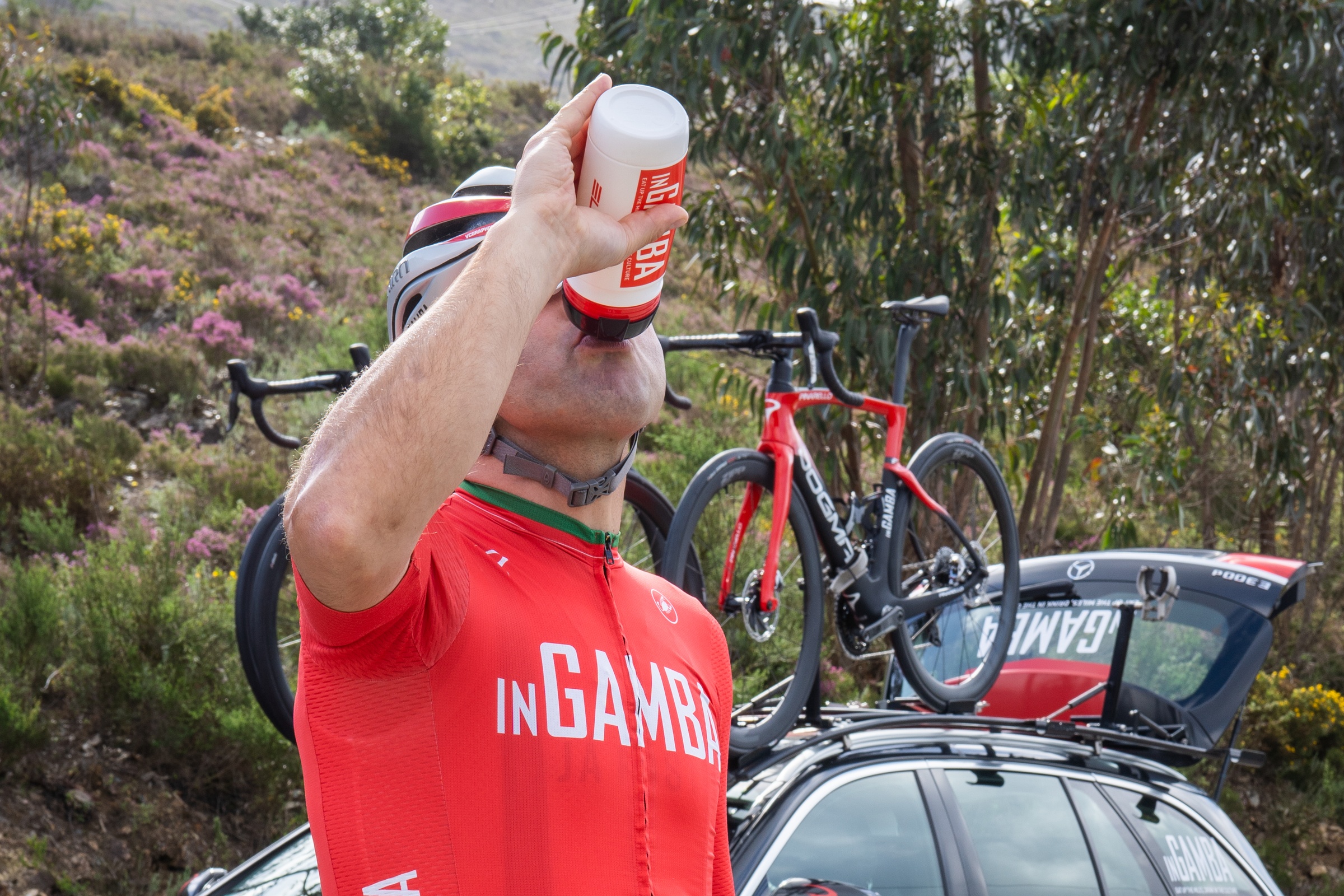
“We know that in training and competition, an athlete’s performance can be extremely improved from taking in carbohydrates during exercise,” says Chiappero. “No other macronutrient improves performance like this—we’ve seen that taking in fat or protein during exercise can reduce performance or cause gut distress.”
Carbohydrates are absorbed by the body and converted to replenish muscle glycogen, which allows your legs to turn the pedals on your bike. Skip the carbohydrates, and on rides over 60 minutes, you’ll likely start to feel the ‘bonk’ as your muscles are depleted. (Bonking will feel like fatigue, a struggle to push the same amount of power you were able to earlier in the ride, and even mood changes, including irritability.)
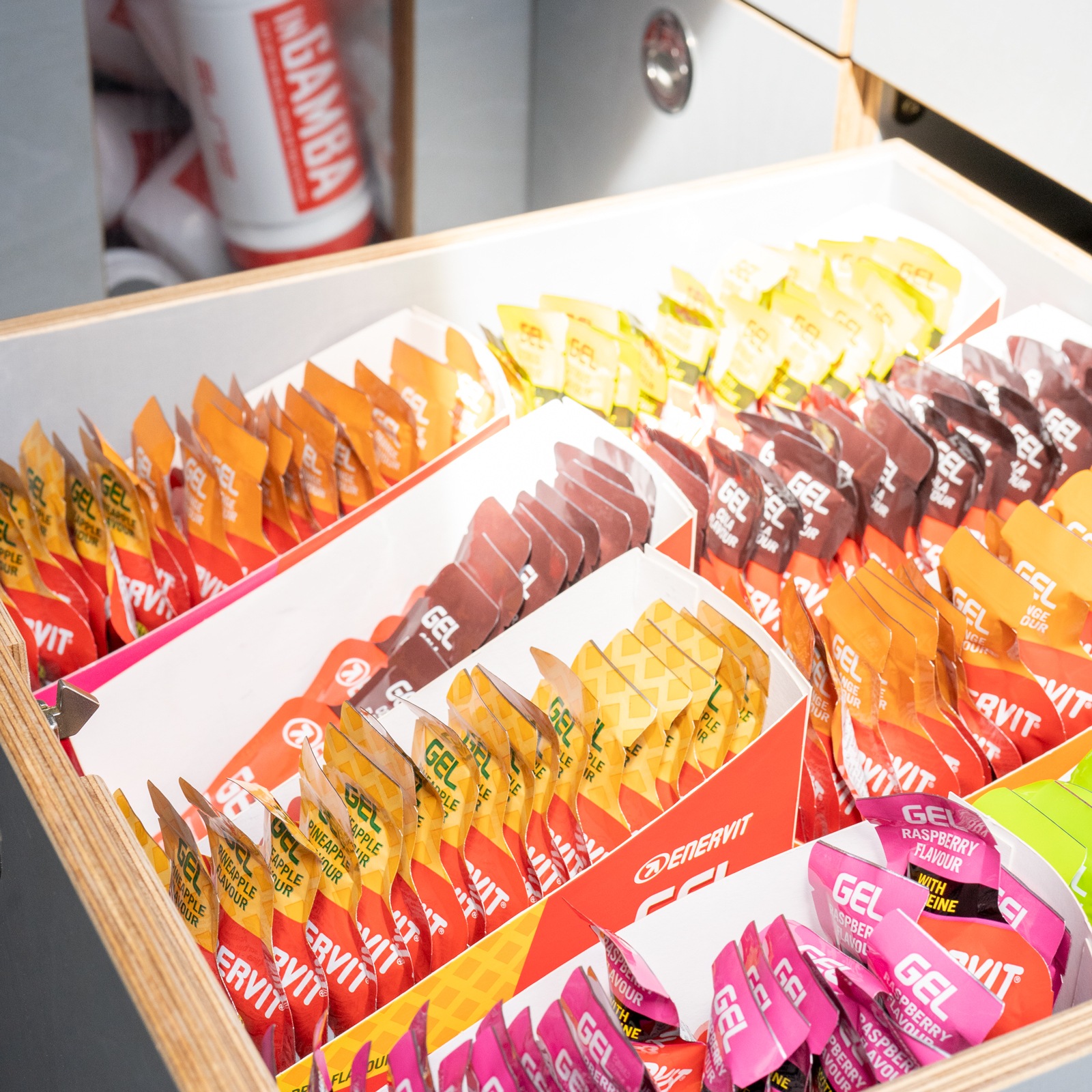
So, what kind of carbohydrates do you need?
There are two primary types of carbohydrates: Simple and complex. Complex carbohydrates are found in vegetables, brown rice, and oatmeal. As their name implies, their more complex structure makes it harder for the body to break down. They provide slow, steady streams of fuel—which is great for regular, everyday life. But it’s less helpful when you’re trying to climb up an hour-long mountain summit. Imagine trying to fuel the Alpe d’Huez climb by munching on carrot sticks.
That’s where simple carbohydrates come in. Sugar, white rice, sports drink mix, gels, and sweet treats like candy and cookies fall into this category. They may not be ultra-healthy when eaten hours before or after a ride. Still, during your cycling endeavors, these simple carbohydrates are rocket fuel. They move quickly into your muscles, refilling the glycogen you’ve depleted by turning over the pedals.
Chiappero says that the range to aim for is 30 to 90 grams (120 to 360 calories) of simple carbohydrates per hour while on the bike for any ride that lasts longer than one hour. While the amount you consume depends on how hard you’re working and your individual preferences and tolerances, the type of carbohydrate is simple. Aim for the middle of that range if you’re new to fueling while riding. Roughly 60 grams of carbohydrates is the best starting point, and you can add more if you still feel sluggish or go lighter on carbohydrates if you feel gut distress.
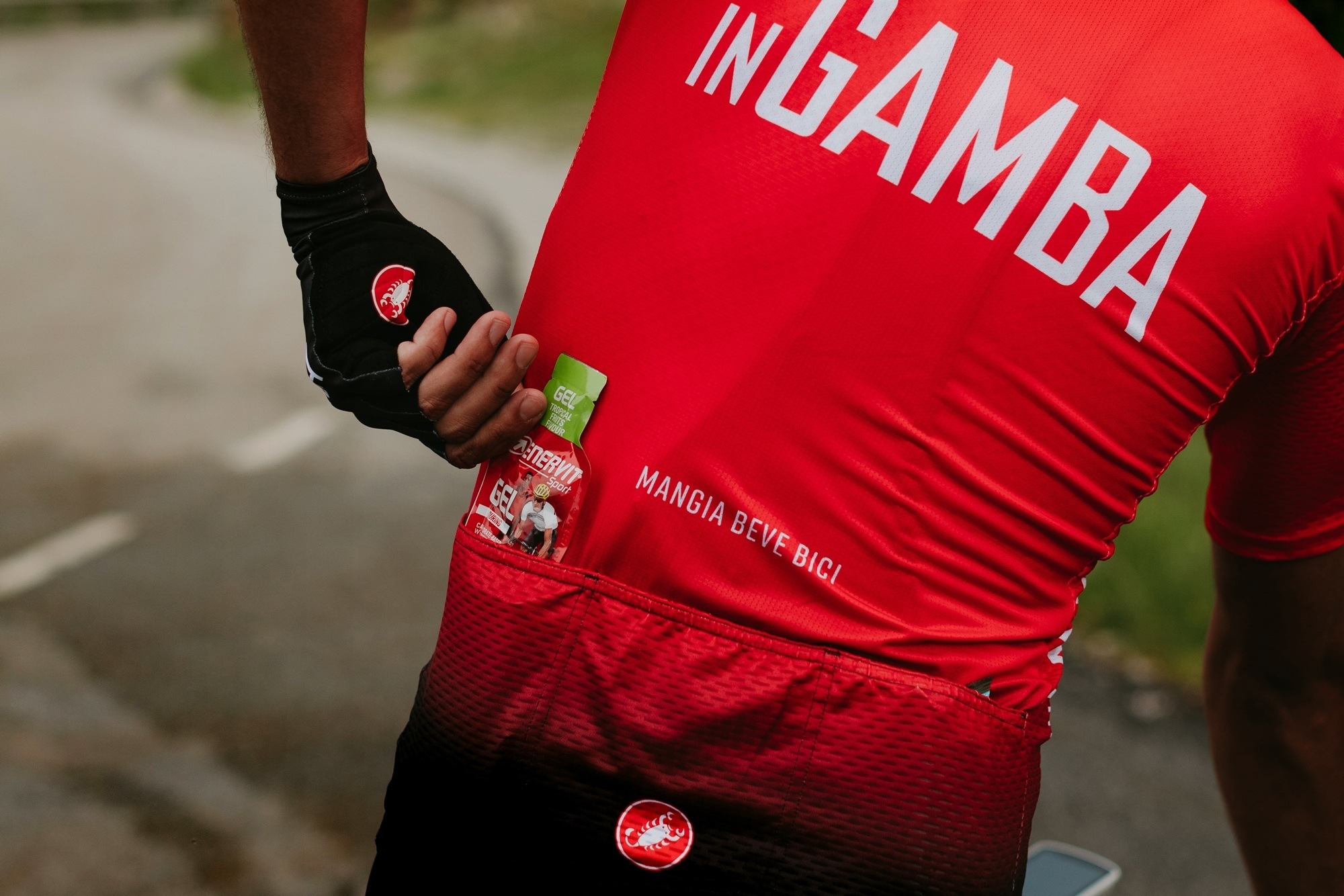
It gets more complicated than just sticking to simple carbohydrates, though, especially if you’re doing a hard or long workout and focusing on optimizing performance. A two-to-one mix of glucose and fructose—found in Enervit’s drink mixes and gels—is ideal for fast absorption into the muscles with limited gut distress. This is especially important if you’re using more than 60 grams of carbohydrates per hour: Using only glucose or fructose will almost certainly cause gut issues if used in high amounts. It’s also ineffective: The body can only process 1 gram of glucose per minute, explains Chiappero. So if you’re adding more than 60 grams of carbohydrates per hour to your ride, you need to have multiple sources of carbohydrates—ideally fructose—so they can be adequately absorbed.
“Glucose and fructose follow different routes and have different transporters to the muscles, thus generating the possibility of further enhancing the performance of athletes by using these perfectly calibrated mixtures,” Chiappero says. But don’t double up on the fructose since eating more than 30 grams of fructose per hour can lead to gut issues as well!
While perfectly balancing your carbohydrates matters in a workout or race scenario, you can take some liberties on casual long rides. For a lower-speed endurance ride, you can be less specific about the type of carbohydrate and have fun with your simple carbs. Cookies or pastries are great options if your gut can handle them. You may still want to use a sports drink or gel for part of the ride, but especially on a long bike tour, enjoying your food and using it as fuel is essential! Switching your carbohydrate source for long rides also helps ensure that you continue to take in enough fuel—Chiappero notes that as your ride gets longer, you’ll need more carbohydrates to replenish muscle glycogen.
The ultimate goal, Chiappero explains, is to slow down the emptying of your stores. It’s unlikely that you’ll be able to keep up with the pace at which you’re burning carbohydrates, especially during a hard ride or race where you may easily burn over 600 calories per hour. Your body can’t process and absorb 600 calories worth of carbohydrates simultaneously. Instead, your goal is to give it as much fuel as you can process so that your glycogen stores will lower over time but won’t empty.
Finally, carbohydrates alone can’t fuel your ride: You need hydration (water) and electrolytes (primarily sodium) in order to transport those carbohydrates to your muscles. So make sure you’re using the correct amount of water with your sports drink or sipping water with a pinch of sea salt after taking a gel.
Too often, cyclists make the mistake of consuming carbohydrates during rides in a misguided attempt to create a high caloric deficit, thinking that this will lead to weight loss and fitness gains. But the better you fuel your ride, the better you’ll feel during your ride, the more power you’ll be able to put out, and the easier it will be to see considerable improvements in your performance.
Francesco Chiappero is a doctor in physical and sport sciences, and a member of the Equipe Enervit, a scientific team that studies, tests and develops innovative strategies in the field of sports nutrition. He has worked with national and international athletes, both at amateur and professional level, since 2006. He has been Alex Zanardi’s trainer since 2011 and has actively contributed to his numerous Olympic successes. He is also the founder of ReAction, a multidisciplinary practice offering 360° services for endurance athletes.
Check out thefeed.com for an extensive selection of Enervit’s legendary performance products, including their groundbreaking new C2:1 Pro range.
